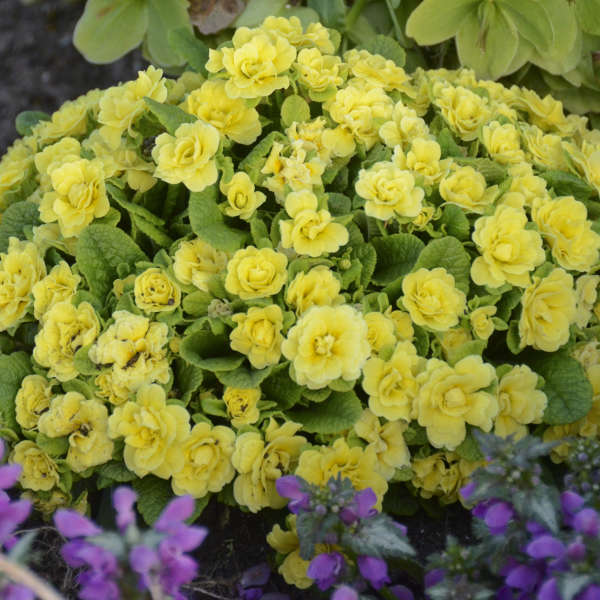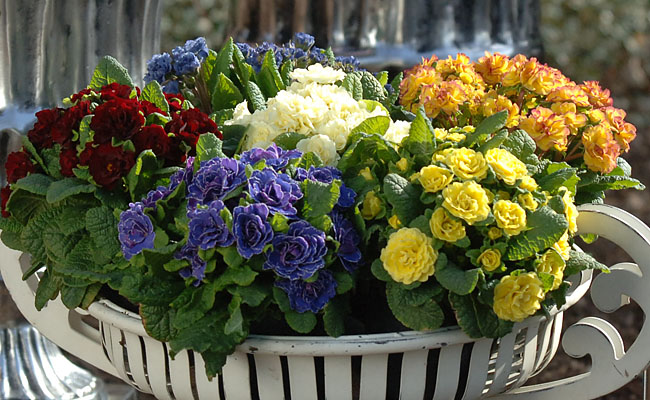- Primula Belarina Buttercup
- Primula Belarina Blue Champion
- Primula Vulgaris Belarina® Buttercup
- Primula Belarina Series
5-aug-2019 - Beautiful, colourful tulip fields, if you have never seen them, you will know them from pictures. Tulip fields are typical for the Netherlands. The flat Dutch landscape, grey and wet in winter time, suddenly changes into a sea of colours. What a wonderful moment, not just for bulb farmers, but for everyone passing. Tulips are a real symbol of spring - and nowhere are they as. Sumptuous buttery yellow flowers with the hallmark Rosette collar. Browse pictures and read growth / cultivation information about Primula, Common Primrose, English Primrose (Primula acaulis subsp. Acaulis) 'Belarina Buttercup' supplied by member gardeners in the. Belarina® ‘Buttercup’ is a delightful double yellow Primula which is absolutely smothered in exquisite flowers from early spring. Flowers are slightly fragrant and held on a leafy collar similar to ‘Nectarine’.
Additional Notes (*):
Primula Belarina Buttercup
All information provided is based on producing a default finished pot size of 1L for our plug products, and 2L for 7cm and 9cm liner products. For alternative pot sizes please adjust cultural notes accordingly.
Primula Belarina Blue Champion
Finishing times - Based on average estimated climatic and environmental conditions, and are for guidance purposes only.
Temperature – These conditions assume a protected ornamental growing environment. Recommended growing is generally above 5°C.
Feeding – Does not specify controlled release or liquid fertiliser application. This choice will depend on your conditions, requirements and preferences – please contact your fertiliser consultant for suitable products to meet your requirements.
Growing media and pH – Is shown for guidance purposes only - please contact your growing media consultant for suitable growing media to meet your requirements.
Disclaimer

Primula Vulgaris Belarina® Buttercup
This information is for guidance purposes only and is based upon our own growing environment and experience during trials. It is wise to use your own knowledge about your growing conditions and local environment in order to make informed cultural decisions.

Primula Belarina Series

